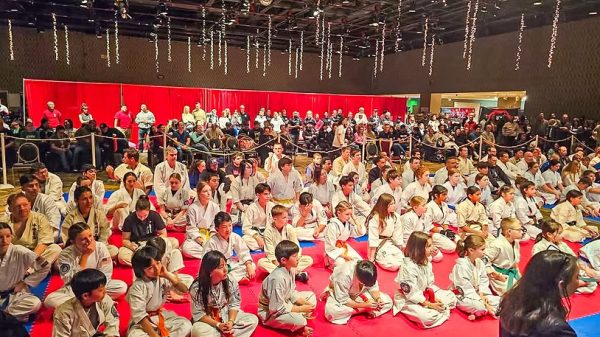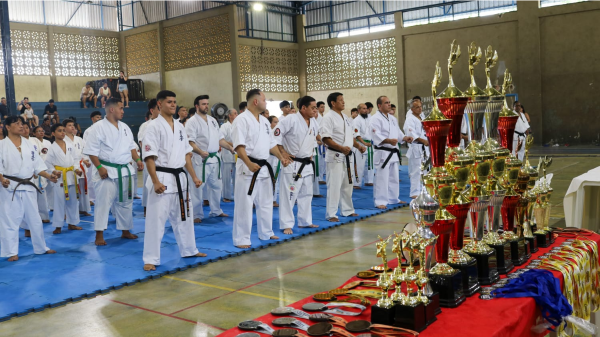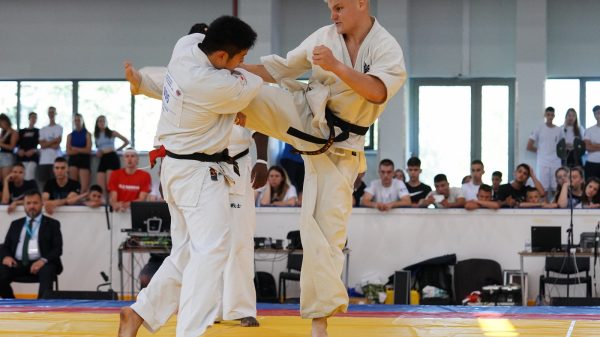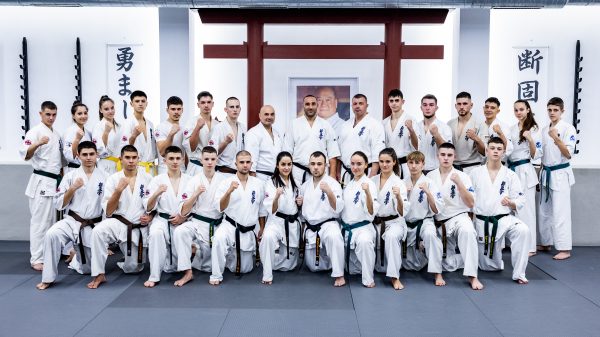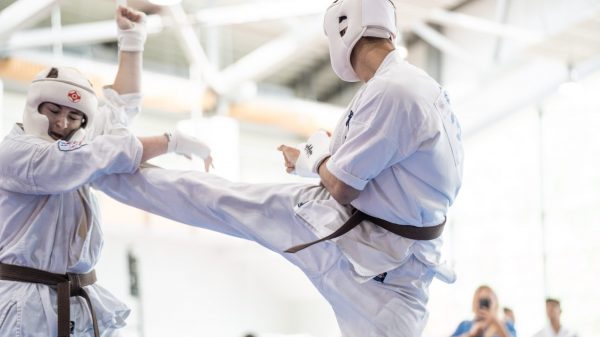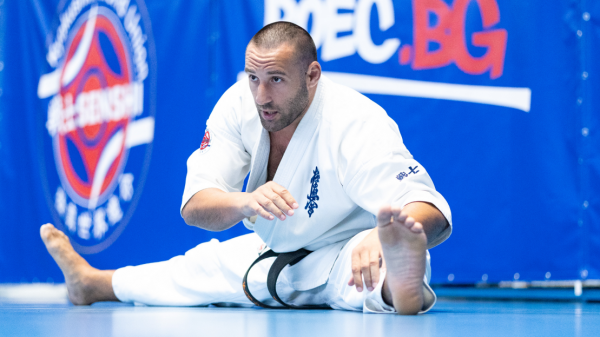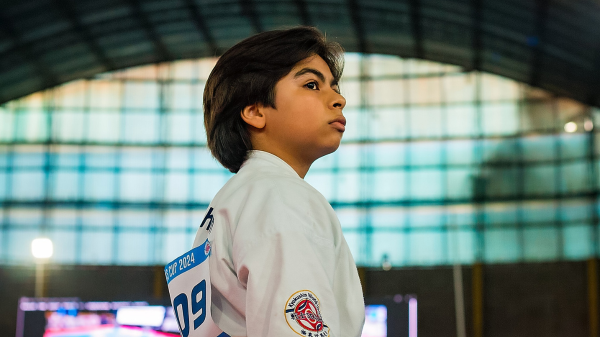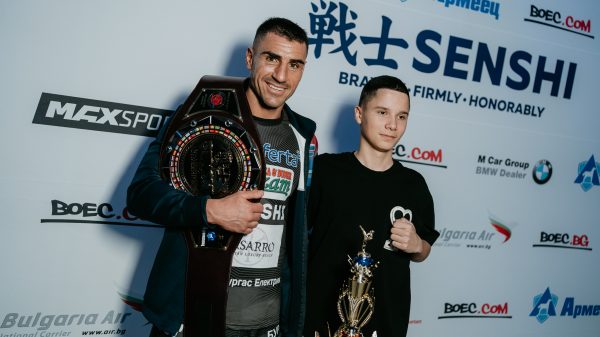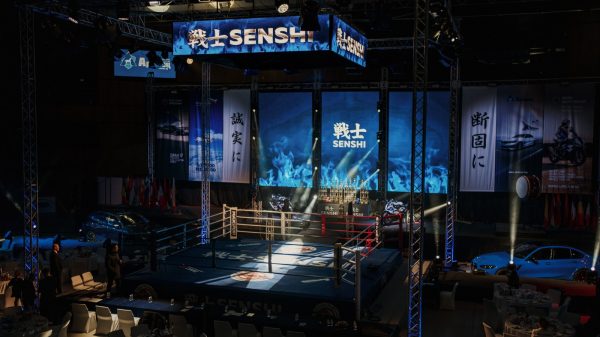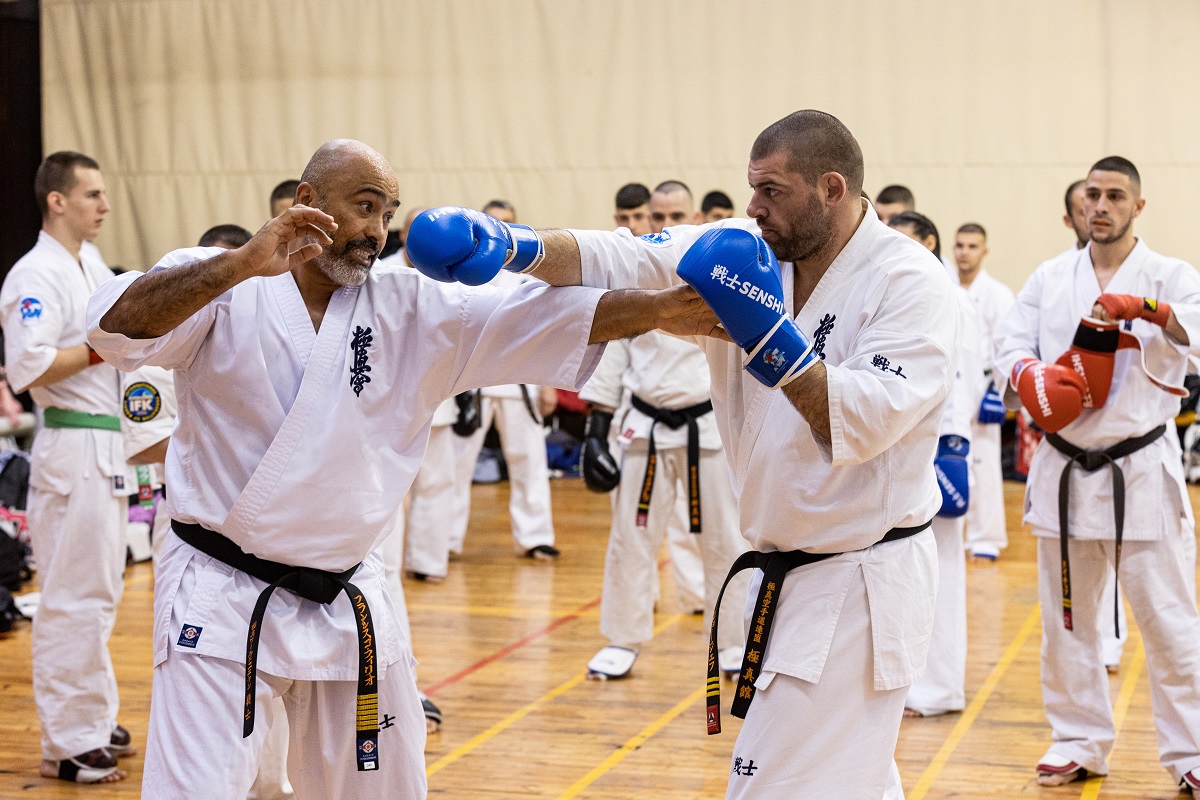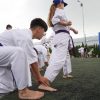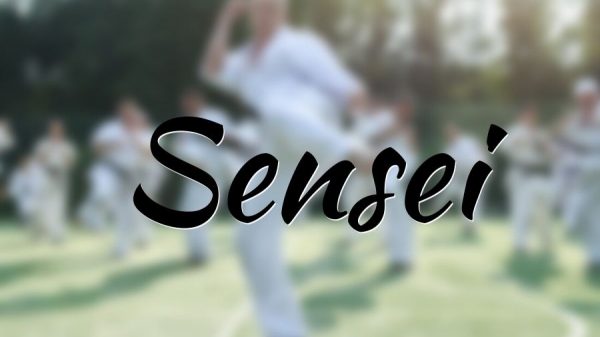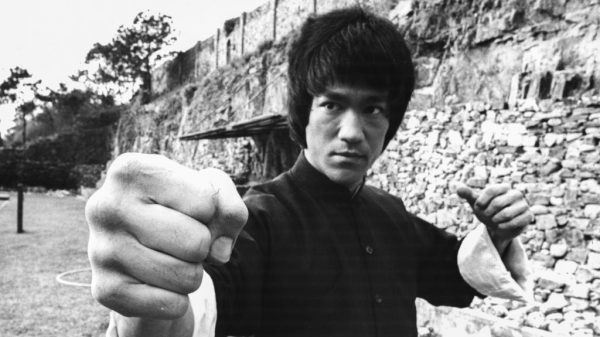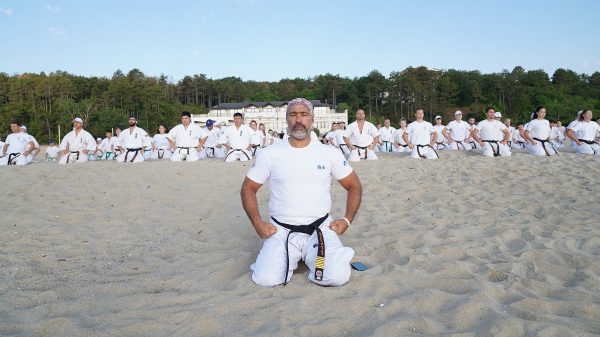Full-contact karate, often referred to as “knockdown” or “contact” karate, differs from other types of karate in its approach to sparring and competition. Here are some key differences that set full-contact karate apart:
- Contact Level: Full-contact karate lives up to its name by allowing, and sometimes even encouraging, full-contact strikes during sparring and competition. This means that participants can use powerful punches, kicks, knee strikes, and elbow strikes with the intention of making physical contact with their opponents. In contrast, many traditional karate styles use light contact or point-based sparring, where fighters aim to score points with controlled, non-contact techniques.
- Safety Gear: While traditional karate styles often require participants to wear protective gear such as gloves, foot pads, and headgear, full-contact karate typically employs minimal protective equipment. Fighters may wear mouthguards, groin protectors, and lightweight gloves, but they generally do not wear excessive padding, which can result in harder and more realistic striking.
- Fighting Distance: Full-contact karate practitioners are trained to engage at various distances, from long-range kicks to close-range strikes and clinch work. This makes it a more versatile and adaptable martial art for self-defense and combat sports.
- Knockdown Scoring: In full-contact karate competitions, the primary goal is often to score a “knockdown” or “ippon” by delivering a clean and powerful technique that causes the opponent to fall to the ground. This contrasts with point-based systems used in other karate styles, where fighters accumulate points for controlled strikes and techniques.
- Physical Conditioning: Full-contact karate places a significant emphasis on physical conditioning. Practitioners undergo rigorous training to build strength, endurance, and resilience, which is crucial for withstanding powerful strikes and maintaining stamina during fights.
- Realistic Self-Defense: Full-contact karate aims to prepare practitioners for realistic self-defense situations by training them to handle the intensity and pressure of full-contact combat. This focus on practicality can make it a suitable choice for individuals seeking effective self-defense skills.
- Kata and Basics: While full-contact karate places a strong emphasis on practical sparring and fighting techniques, it still includes traditional karate elements such as kata (pre-arranged forms) and basic techniques (kihon). These elements provide a foundation for proper form, technique, and understanding of martial principles.
- Philosophy: Like many martial arts, full-contact karate often incorporates a philosophical component, emphasizing concepts such as discipline, respect, and self-improvement.
It’s worth noting that full-contact karate can vary in its rules and regulations depending on the specific organization or style, so practices may differ among different schools and competitions. Ultimately, the choice between full-contact karate and other karate styles depends on an individual’s goals, preferences, and the type of training and competition experience they seek.



